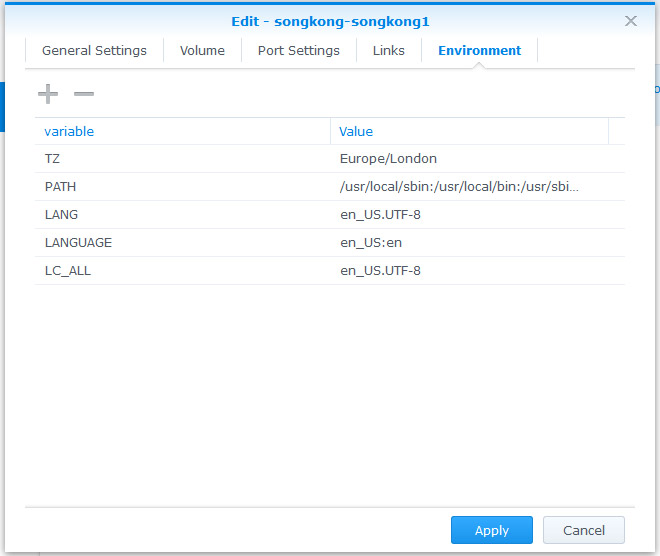
The optimized conditions were inoculum concentration 1500 μg protein mL-1 and temperature 25☌ but pH varied for different concentrations of DDT. Degradation of different concentrations of DDT (5, 10, 20, 30 and 35 ppm) was studied by using this consortium. Incubation time of 72 h was maintained as constant.

A Central Composite Rotatable Design (CCRD)with three variables chosen for the study were inoculum concentration (50-1500 μg protein mL-1 i.e., the cells of consortium), temperature (25-35☌) and pH (4-8) each at 5 levels -1.682, -1, 0, 1 and 1.682. DDT-degradation parameters were optimized using Response Surface Methodology (RSM) using this consortium. The DDT degradation by the consortium was studied for different time intervals. In our laboratory, a defined microbial consortium was developed and used for the degradation of DDT. No harmful side reactions, such an extensive methylation, were observed. Both inoculants studied here showed effective mineralization of PCP when they were adapted to PCP in the percolator. Trace amounts of chloroanisoles as the only biotransformation products were detected in PCP-adapted remediated soil. Enrichment in the percolator enhanced the mineralization rate of remediated soil to 56% compared with that of the native remediated soil, which mineralized 24% of PCP added. No biotransformation reactions occurred at room temperature (25☌) at pH 8. The native straw compost did not mineralize PCP, but partial dechlorination of PCP occurred (i) at pH 8 under near-thermophilic conditions (45☌) and (ii) at pH 7 under aerobic and mesophilic conditions. No partial dechlorination of PCP was found. After PCP adaptation, the straw compost mineralized up to 56% of the PCP. The in situ biotransformation of pentachlorophenol (PCP) and mineralization of radiolabeled PCP by straw compost and remediated soil were studied under held-simulating conditions before and after 3 months of adaptation with PCP in a percolator. We evaluated the use of straw compost and remediated soil as inocula for bioremediation of chlorophenol-contaminated soil. This study showed that there are microorganisms in the soil that can degrade DDT and that the rate of degradation is dependent on the presence and numbers of microbes in the soil with the required degradative ability, environmental factors and access of the microbes to DDT. Isolate 101 was a member of the genus Bacillus isolates 102 and 110 belonged to the genus Staphylococcus while isolates 103, 104 and 105 clustered with members of the genus Stenotrophomonas. The identity of the isolates was determined through biochemical, morphological, physiological and molecular techniques. Degradation by the mixed culture of the six isolates was higher (82.63%) than that of any individual isolates whose range was 28.48 - 58.08%.

None of the isolates degraded DDT into l, l-dichloro-2,2-bis (p-chlorophenyl) ethylene (DDE). Six bacteria coded as isolates 101, 102, 103, 104, 105 and 110 degraded DDT to l, l-dichloro-2, 2-bis (p-chlorophenyl) ethane (DDD).

Microorganisms from cultivated and uncultivated soils grew in minimal media with DDT (100 ppm) as the only carbon source.

In this study, the potential for biodegradation of DDT by soil microorganisms through enrichment and isolation of DDT biodegraders from soils without a history of prior exposure to DDT was done. The re-introduction of dichlorodiphenyltrichloroethane (DDT) to control mosquitos was recommended by the World Health Organization in 2007.


 0 kommentar(er)
0 kommentar(er)
